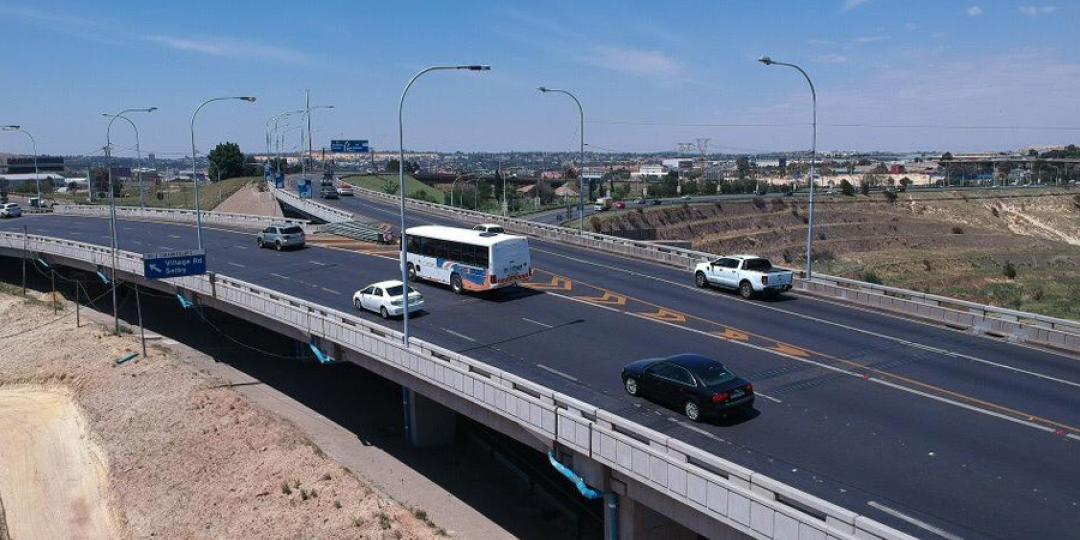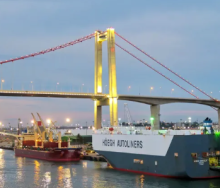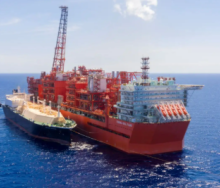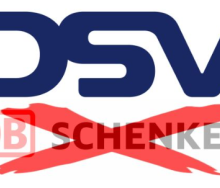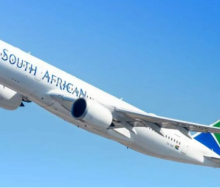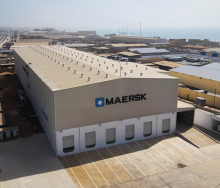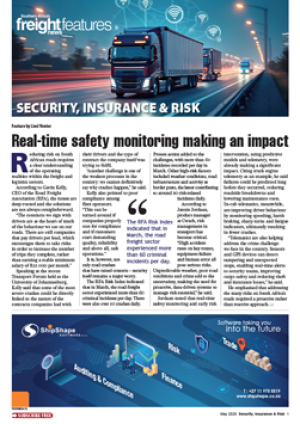Under six per cent of the bridges within the City of Johannesburg precinct – and the responsibility of the Johannesburg Roads Agency (JRA) - are regarded as “good”, or “very good”, according to the JRA’s Annual Report for 2021/2022.
This means over 94% are classified as “fair”, “poor” or “very poor”.
In fact, 68 of the bridges in the city’s precinct are in these three categories and, of those, the Agency highlights that 14 bridges have been flagged as ‘high priority’. As a result, the city had embarked on various bridge replacement and rehabilitation projects, it stated in the Report.
Bridge deterioration results from the age of the structure as well as the odd emergency repair or demolition when it is deemed that stability or safety is compromised by an unforeseen event, such as traffic accidents that have impacted a bridge structure, or vandalism causing structural stability concerns. Emergency bridge projects invariably impact on the movement of freight and the travelling public as these are, by nature, unplanned and unforeseen.
Johannesburg bridges in need of attention are, amongst others, three inner-city structures: Queen Elizabeth, Biccard and Harrison bridges, Kilburn Bridge, Belgrave Bridge, West Road Bridge, Pier Road Bridge, Maphumulo Bridge, and Mmila and Vincent Series bridges. Canterbury Road Bridge and Pier Road Bridge have been completely closed due to safety concerns. The replacement and rehabilitation of bridges is under way for M2 Joints Replacement, Modderfontein Bridge, 5th Road Bridge, Canterbury Culvert Bridge, Mzimhlophe Pedestrian Bridge, and Bridge Repairs projects. A total of six bridges have been rehabilitated and reconstructed to date.
Johannesburg-based Jet Demolition’s contracts and project manager, Kate Bester, says that most bridge demolition projects are ona turnkey, rapid-demolition basis as speed to get the old out and work on the replacement started is key.
Factors making the demolition complex are numerous and range from all aspects of road safety – from temporary road closure design and implementation, to extensive communication and consultation with the general public, and liaison with all relevant authorities.
“If a bridge is suddenly compromised, all traffic in the immediate area is gridlocked until such time that alternative routes are made available. Under these circumstances, we rely heavily on the assistance of traffic authorities to provide emergency escorts to the site, fast-tracking the establishment of plant and personnel,” explains Bester.
Any form of emergency work is always a concern, as the structural stability of the collapsed or endangered structure is unknown. It is thus critical to have seasoned and experienced demolition personnel on-site as soon as practically possible to thoroughly assess, manage and mitigate the relevant risks.

